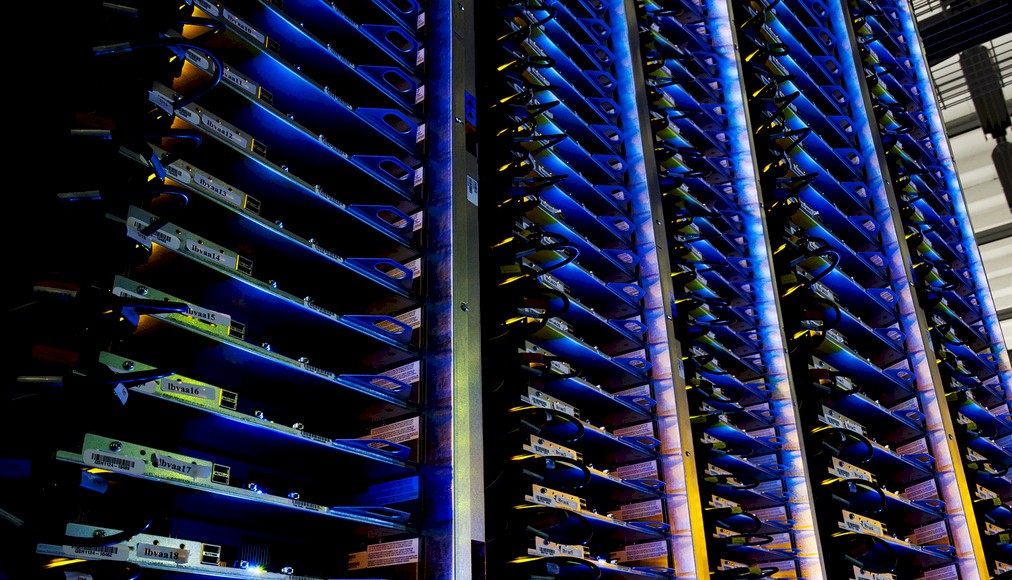Google Spends $600 Million on Finnish Datacenter Expansion

The climate in Finland may not be ideal for many people, but servers, switches, and storage sure like the chilly weather. That is why Google bought an abandoned paper mill in March 2009 for $40 million to convert it into a datacenter, and the company is now injecting its third round of funding towards a massive expansion of that facility.
The Summa Mill was owned by Stora Enso and operated on the Gulf of Finland about 100 miles east of Helsinki for 60 years. For latency reasons, Google obviously needs to have datacenters in Europe, particularly as it has expanded out from search engines to providing applications and raw compute and storage capacity to enterprise customers.
The paper mill used sea water to cool down the pulp, and Google modified the facility with heat exchangers suitable for datacenter gear so sea water could be used to cool infrastructure. The IT gear significantly warms the water, as you might imagine, so Google doesn't just dump a stream of hot water back into the gulf. Instead, Google pumps the heated water to a large pool of tempering water brought in from the sea where is it mixed to a more suitable temperature that does not have an adverse impact on the sea environment.
Google initially invested €200 million (around $275 million) in the initial phase of construction at the Hamina facility, which took two and a half years to be completed. In August 2012, Google spent another €150 million (around $200 million) to convert a massive machine hall in the facility so it could house Google gear. This second phase of datacenter expansion is expected to be completed sometime around February 2014. With the third phase, investment in the Hamina facility will top $1 billion.
Interestingly, Google is planning to use sea water for cooling and is setting up a network of wind turbines in Sweden with to provide the electricity for the Hamina datacenter. The build out of the wind farm is expected to be completed in early 2015. Google is working with wind farm developer O2 to finance a 72 megawatt network of 24 turbines in Maevaara, Sweden. Google has locked up the electricity generating capacity from this wind farm for ten years at a fixed price. Every cent that Google doesn't spend on powering and cooling the Hamina datacenter drops right to the bottom line.
Google has two other datacenters in Europe, one in Dublin, Ireland and the other in St. Ghislain, Belgium. The latter datacenter was the first in the Google fleet to use an evaporative air cooling system instead of refrigeration to cool the gear down inside of the glass house.
The search engine behemoth spent $3.44 billion in 2011 and $3.27 billion in 2012 on property and equipment. The company has not slowed down one bit in 2013, either. Google has six datacenters in the United States, one in Chile, one in Hong Kong, one in Singapore, and one in Taiwan. Google has spent around $1.2 billion cumulatively on its two datacenters in The Dalles, Oregon area, which were the first facilities it built of its own. That figure includes a $600 million expansion that was just announced two months ago. Google has spent a total of $1.5 billion thus far in its datacenter in Council Bluffs, Iowa.
It is not clear how much of all of this investment is going for IT infrastructure, but the rule of thumb in the industry is that for every dollar you spend on the datacenter, you spend between two and three dollars on the gear that goes inside of it. So roughly 70 percent of the money is spent on IT equipment. Then again, Google has minimalist server, storage, and presumably switch designs of its own, and it might be spending a lot less on gear than an enterprise datacenter given this and the very high volumes at which it buys components. Google is, for all intents and purposes, one of the ten largest server makers in the world. It just happens to have only one customer.











